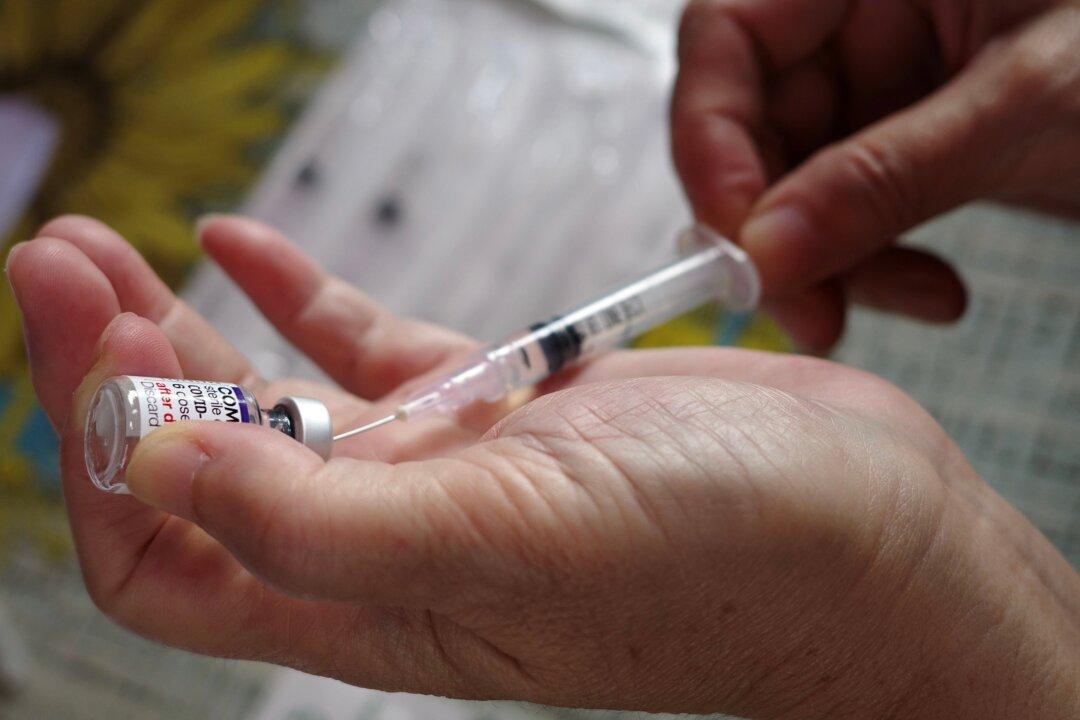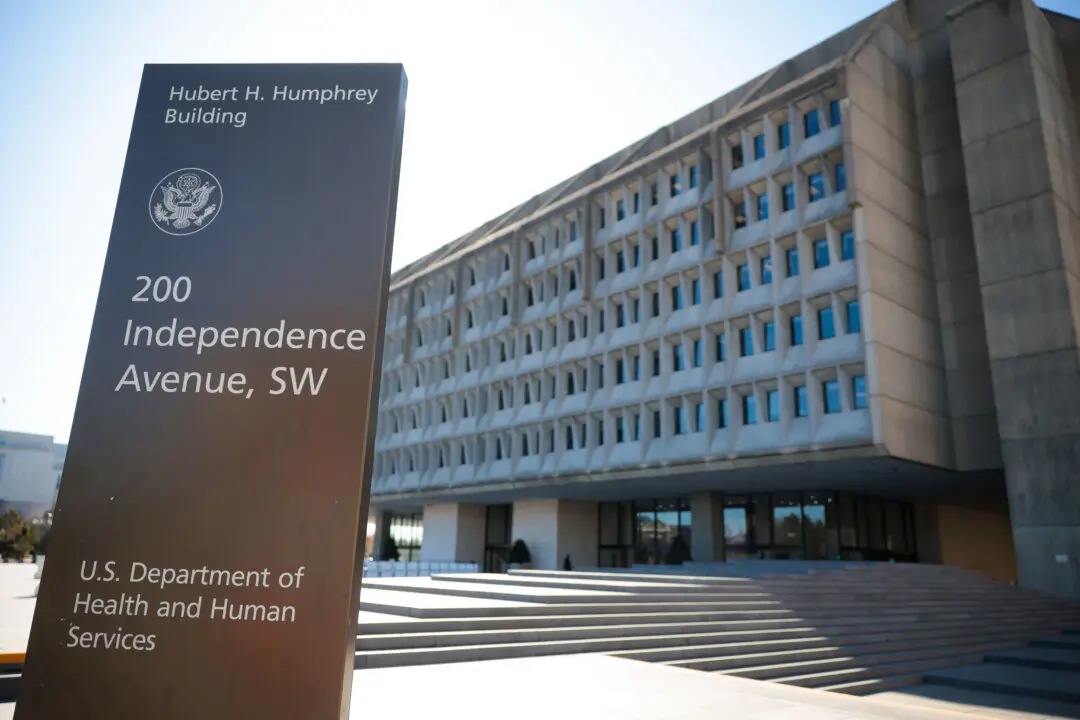More than 277,000 COVID-19 cases among people who received at least one dose of a COVID-19 vaccine were reported to the U.S. Centers for Disease Control and Prevention (CDC) in 2021 but not disclosed to the public, newly obtained files show.
Some 144,349 cases among partially vaccinated people were reported by 32 jurisdictions to the CDC across three months in 2021, according to some of the files, which were acquired by The Epoch Times through the Freedom of Information Act.





